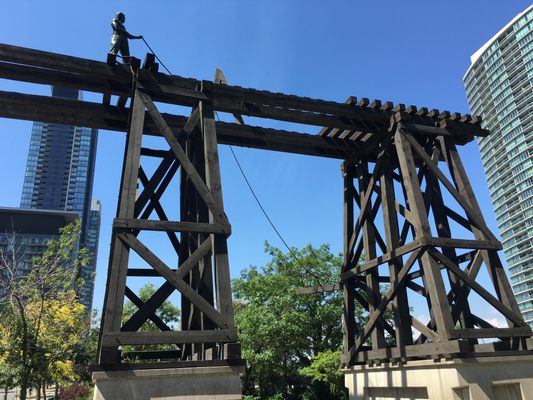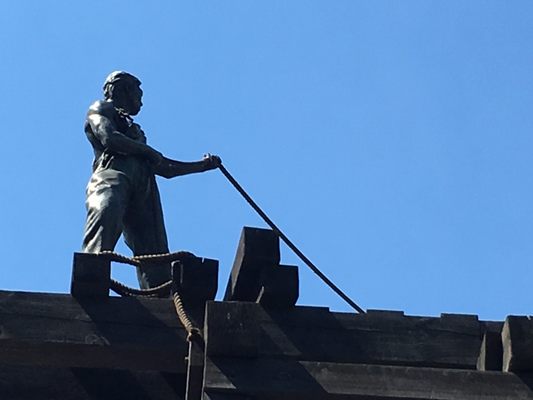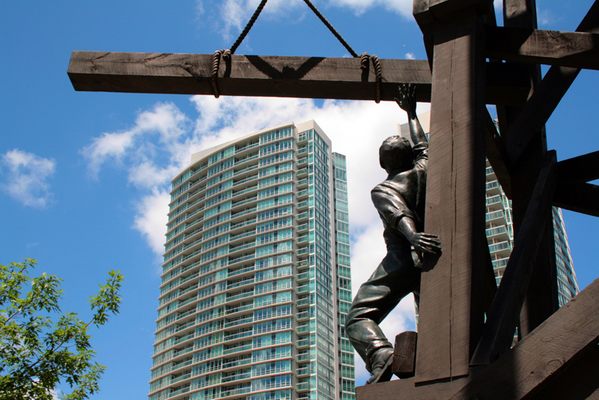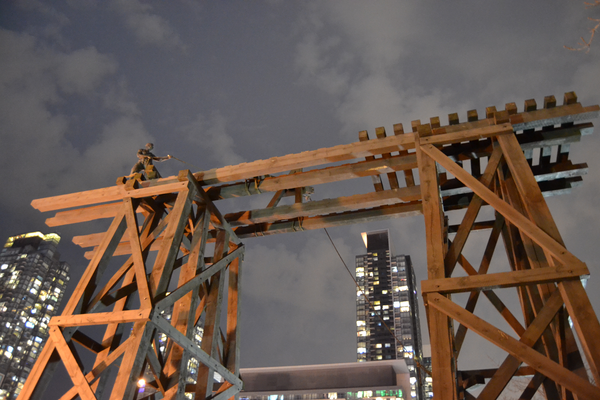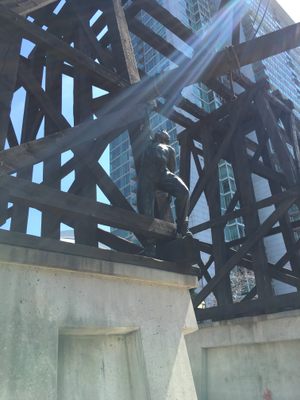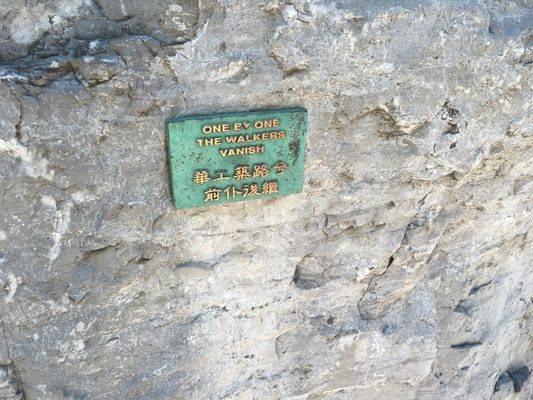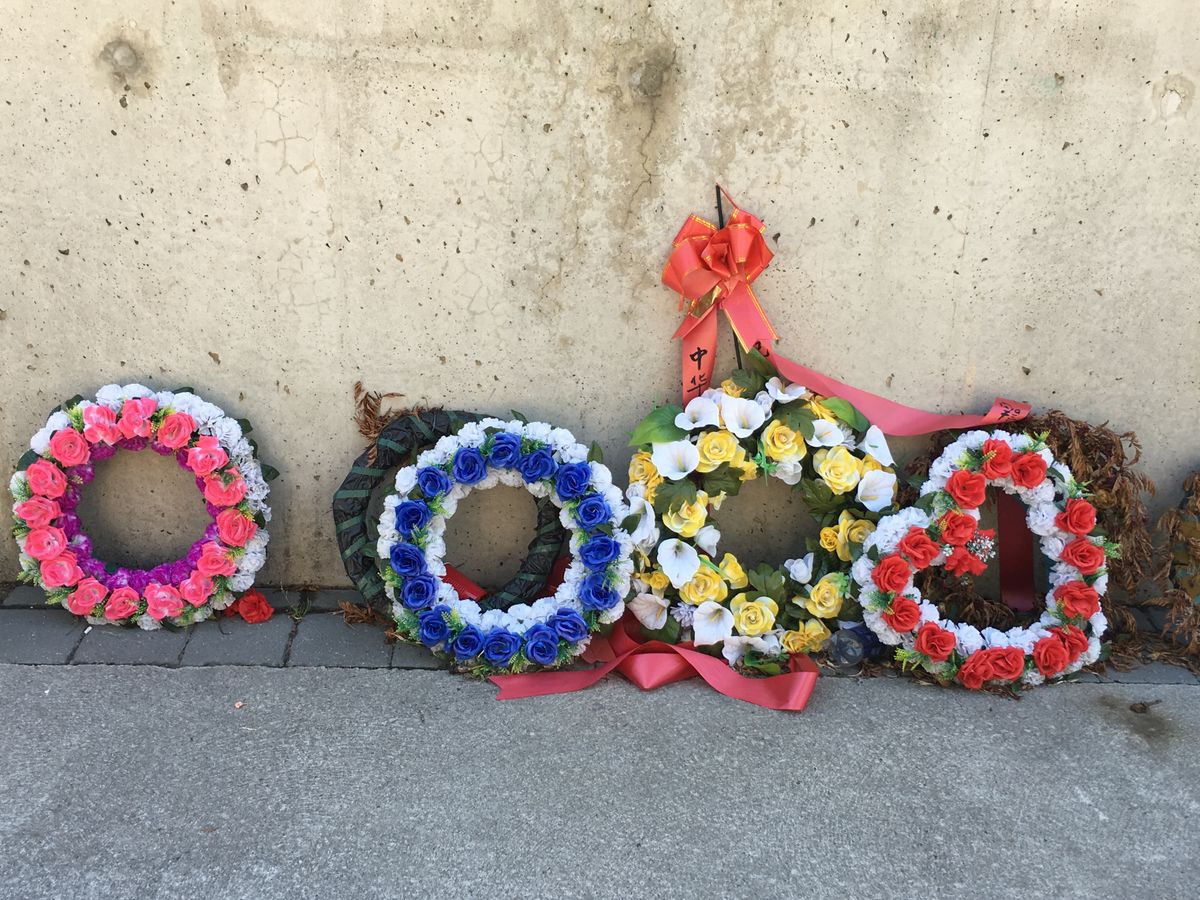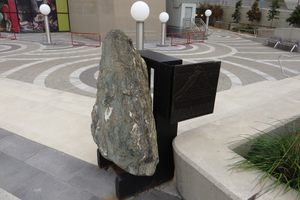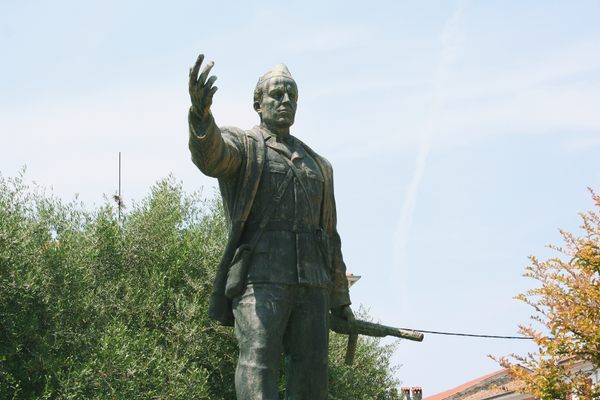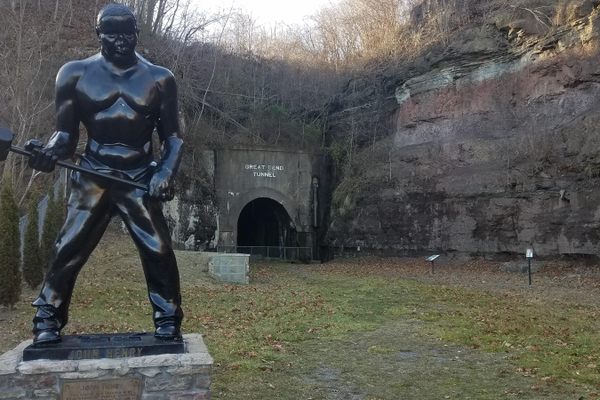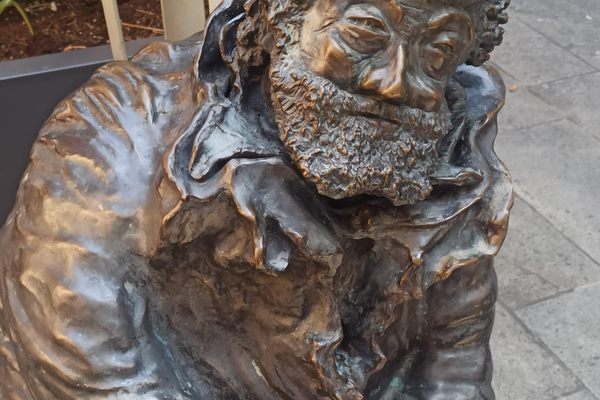About
The Canadian Pacific Railway, built between 1880 and 1885, was the country’s first transcontinental railroad. Running from Lake Nipissing in Eastern Ontario westward through the Canadian Rockies to the coast of British Columbia, it helped unite the country and was crucial for the development of Western Canada. This could not have happened without the labor and sacrifice of the thousands of Chinese immigrants that worked on the railroad.
When British Columbia joined the Confederation in 1871 one of the conditions was that a railway be built to connect the new province to the Eastern part of Canada within 10 years. Though Canada had previously discouraged Chinese immigration (charging a $50 and later $500 “head tax” for each immigrant), in order to meet the 10-year railroad commitment Prime Minister John A. MacDonald insisted that using Chinese labor was necessary.
Between 1880 and 1885, 17,000 men emigrated from China, most from the province of Kwangtung (Guangdong). By some estimates, more than 4,000 workers died during the construction. In addition to facing racist discrimination, the immigrants were often given the most dangerous jobs in the already dangerous task of blasting through the Rocky Mountains to lay the Western section of the track. Many were killed by landslides, cave-ins, disease, and explosions. Despite the high risk involved in their work, Chinese were paid half as much as other workers.
The Chinese Railroad Workers Memorial in Toronto was erected to commemorate the contribution and sacrifice of these workers, who remained nameless in the history of Canada. After the railroad was complete, many of the immigrants who survived could not find new jobs. As a plaque on the memorial reads: “With no means of going back to China when their labour was no longer needed, thousands drifted in near destitution along the completed track."
Erected in 1989 and designed by Eldon Garnet and Franicis LeBouthillier, the monument is a sculpture of two railroad workers lifting timber and using pulleys and ropes. The boulders at the base are from the Canadian Rockies, and you can commonly find wreaths at the foot of the memorial. Three pair of rocks from the original transcontinental route are parallel to the pedestrian pathway and contain a small plaque stating "One by One the Walkers Vanish."
Related Tags
Community Contributors
Added By
Published
August 25, 2016
Sources
- http://spacing.ca/toronto/2009/04/09/memorial-to-commemorate-the-chinese-railroad-workers-in-canada/
- https://eldongarnet.com/chinese-rail-road-workers-memorial/
- https://en.wikipedia.org/wiki/History_of_Chinese_immigration_to_Canada#Immigration_for_the_railway
- http://www.citynews.ca/2016/05/18/what-is-that-monument-pays-tribute-to-nameless-chinese-railway-workers/
- http://torontoist.com/2016/04/now-and-then-chinese-railroad-workers/
